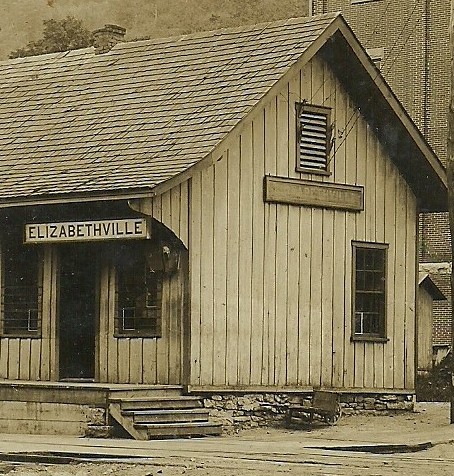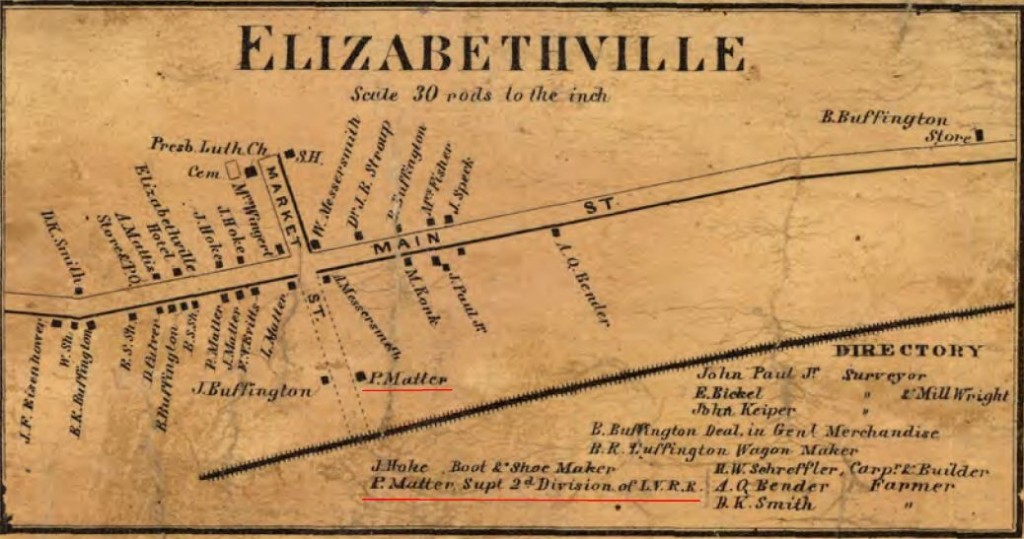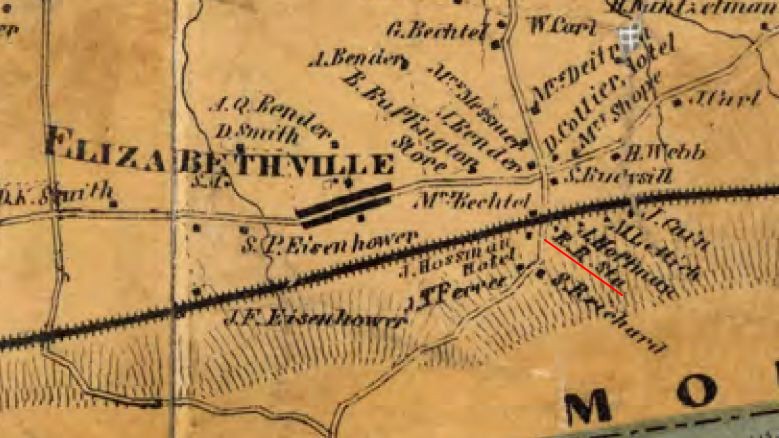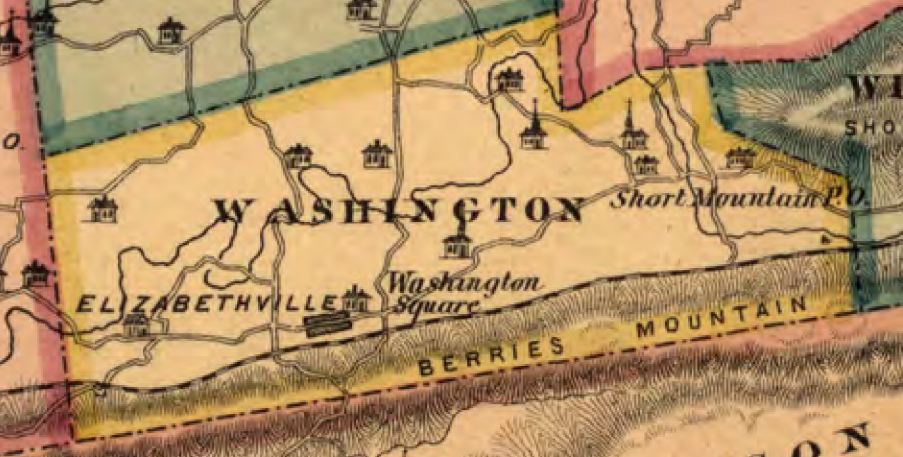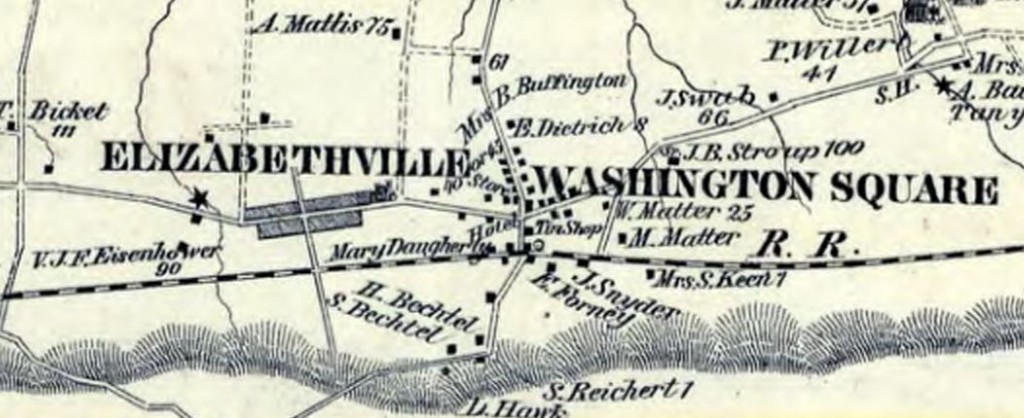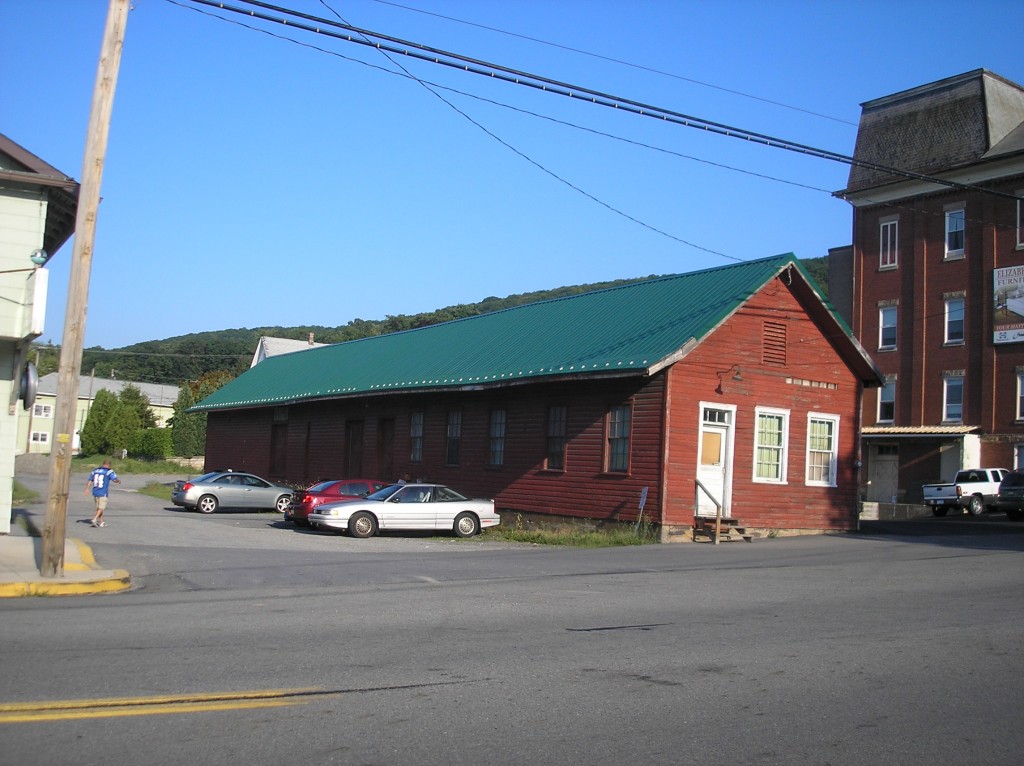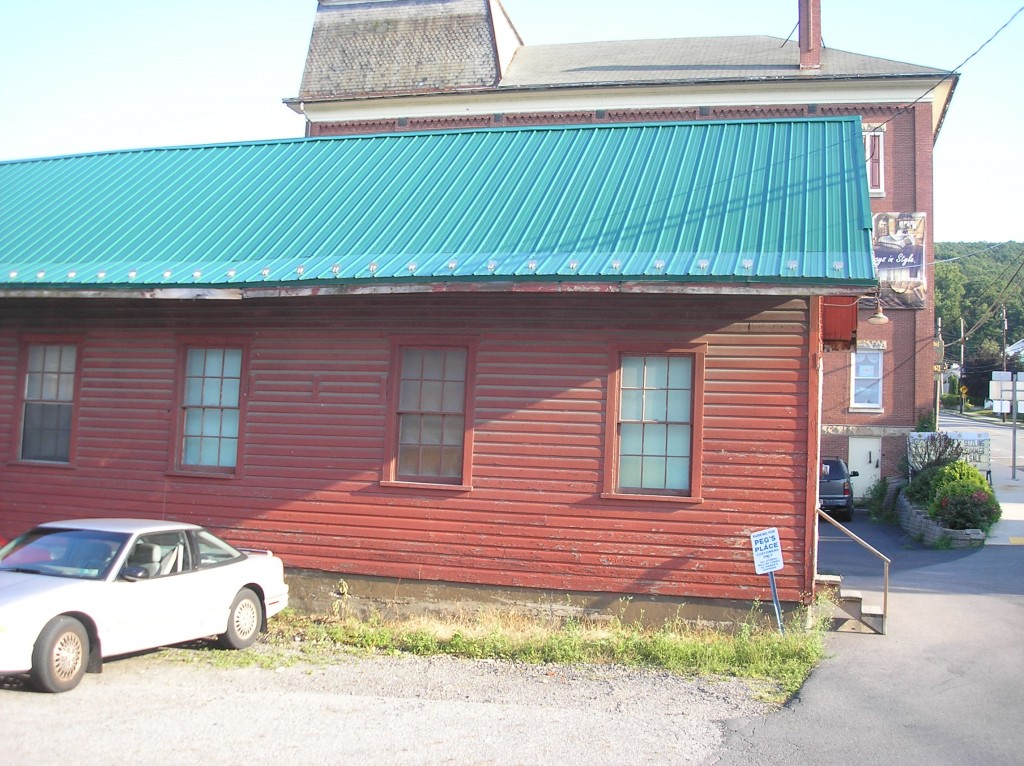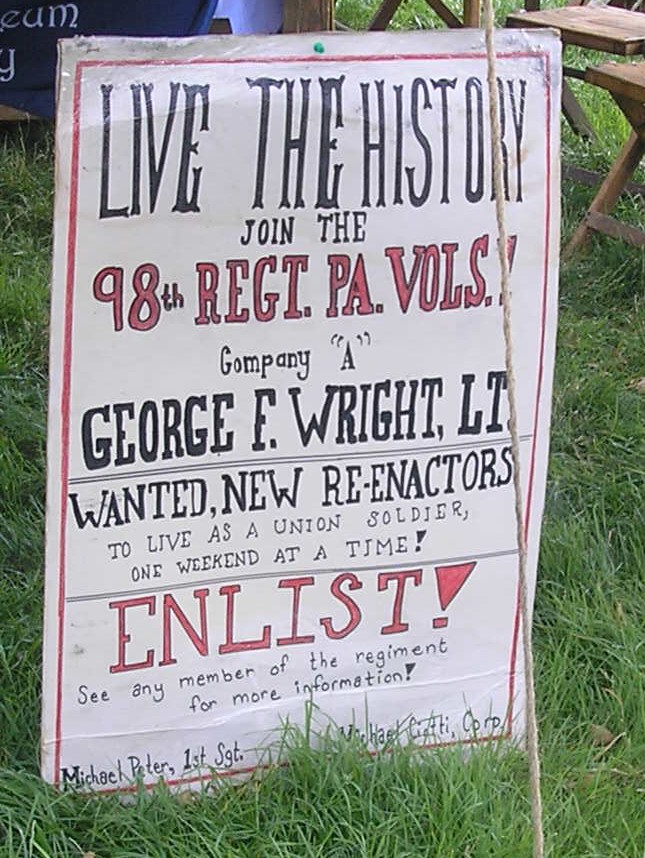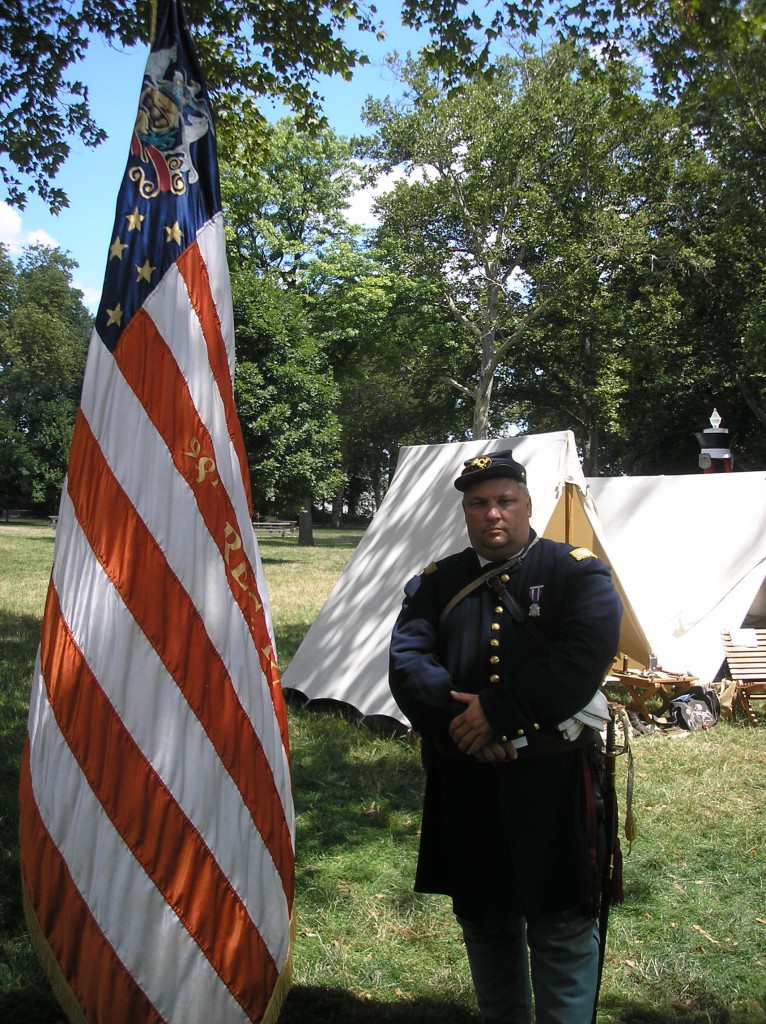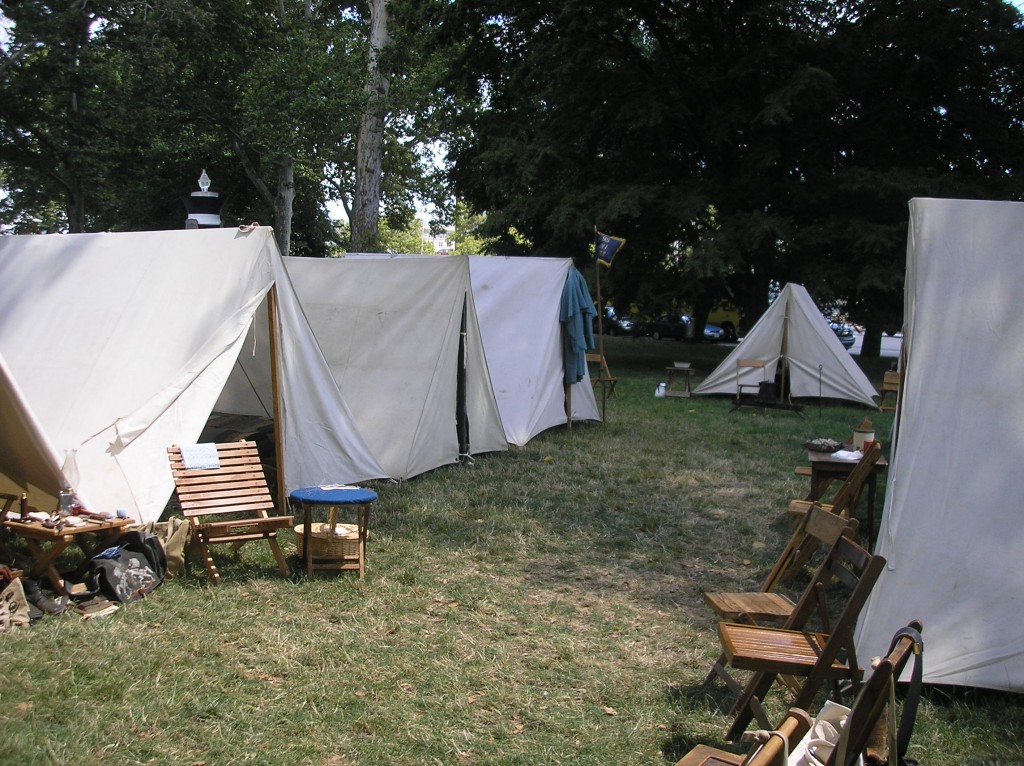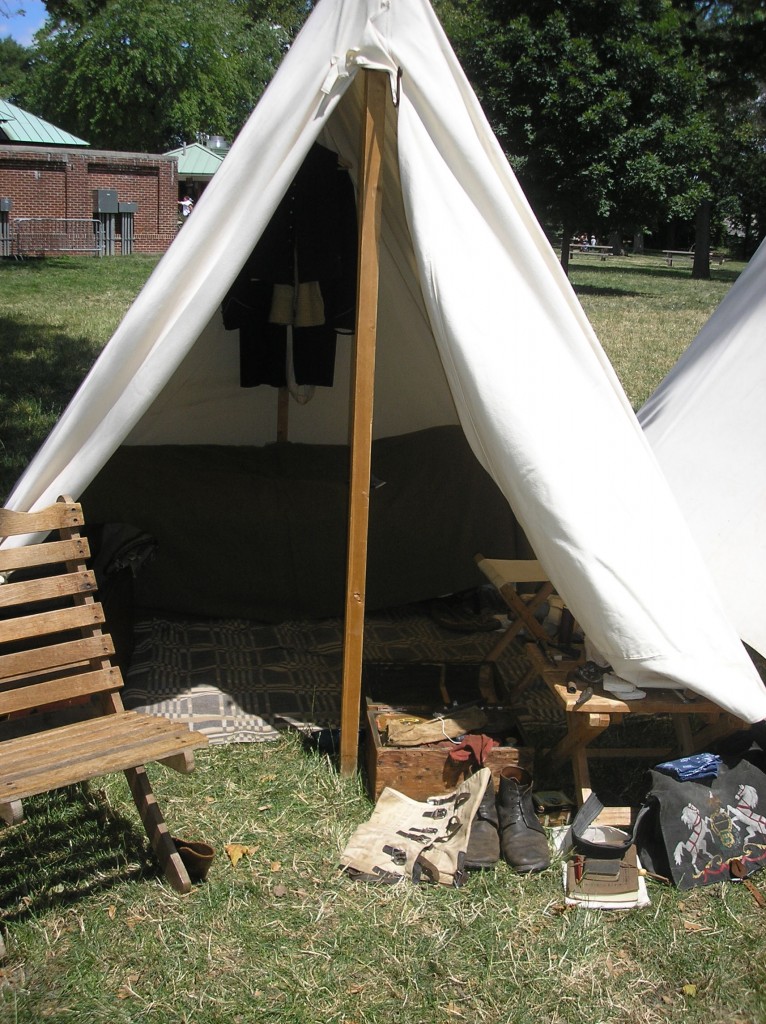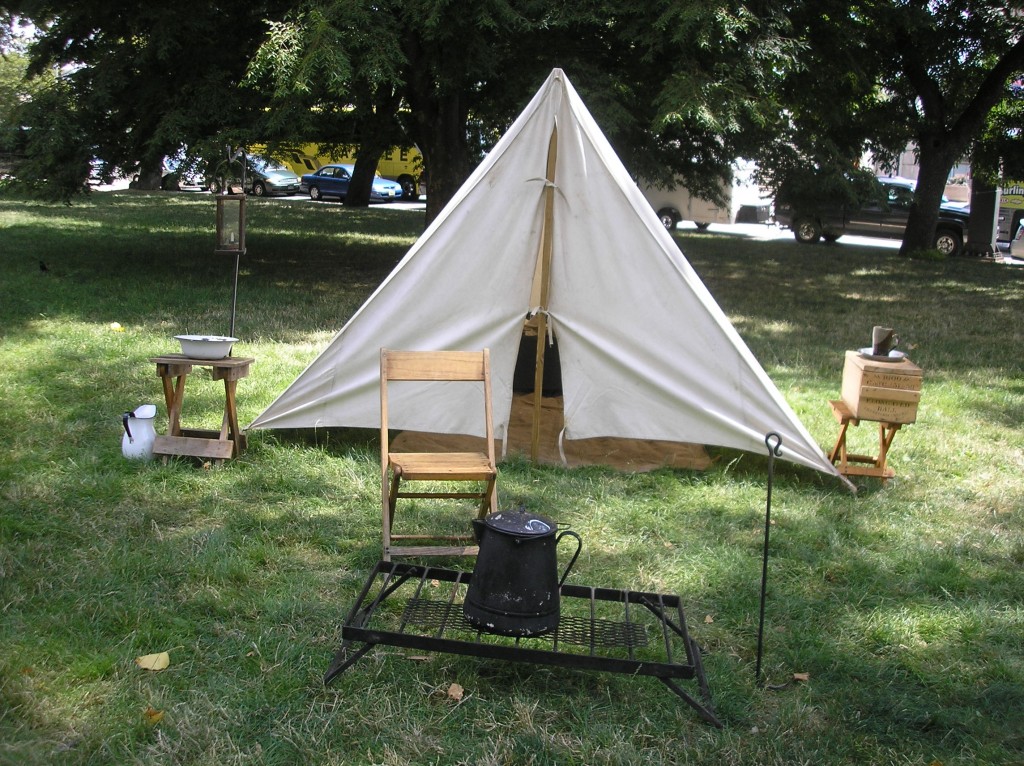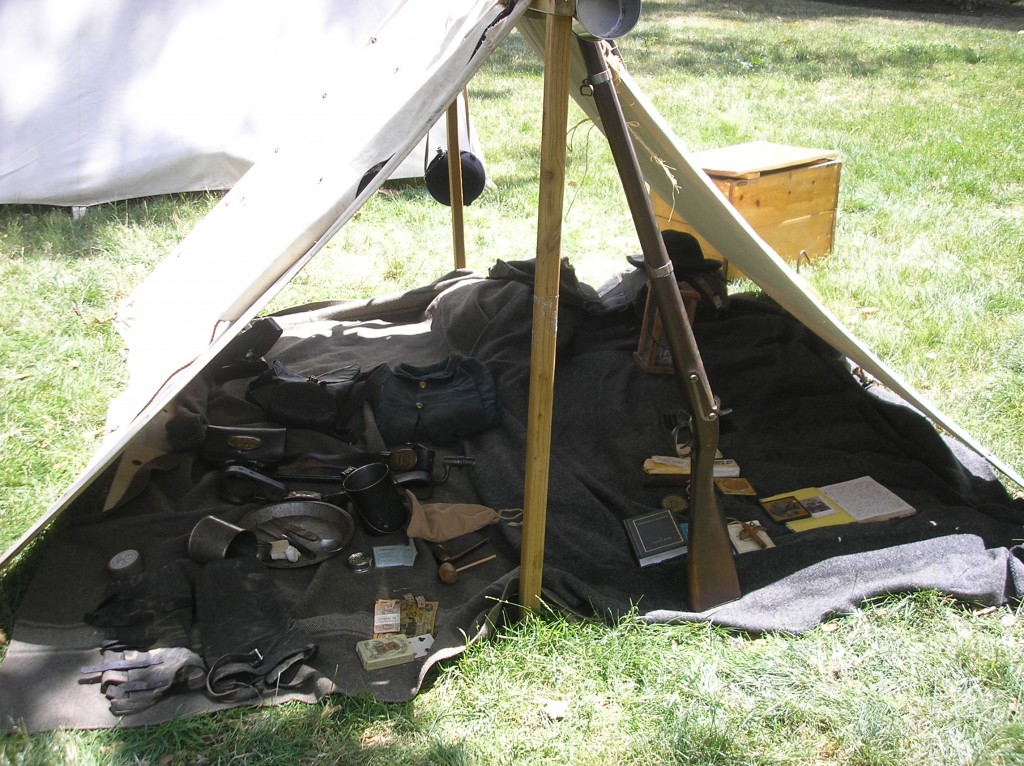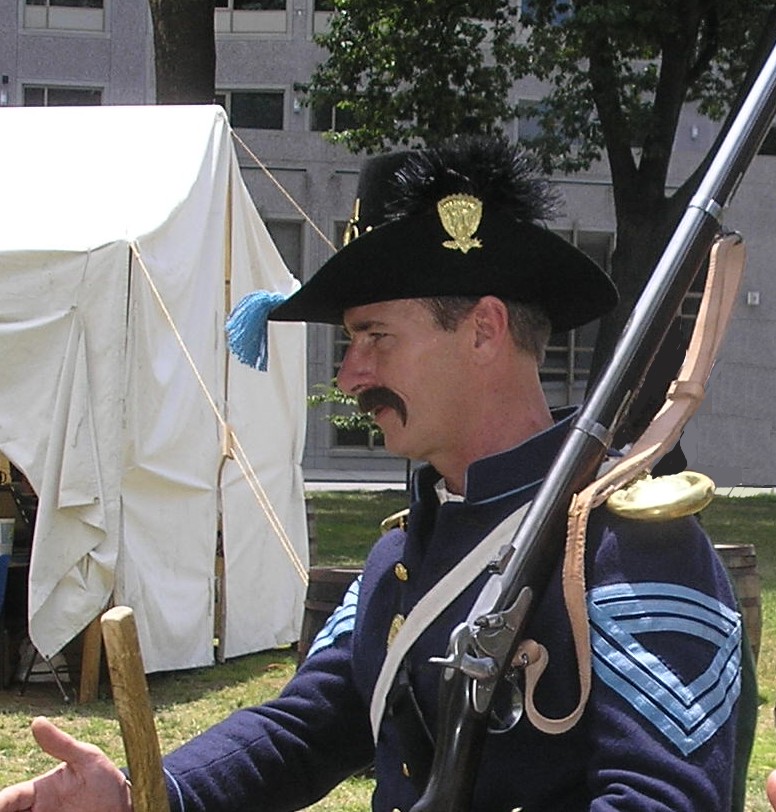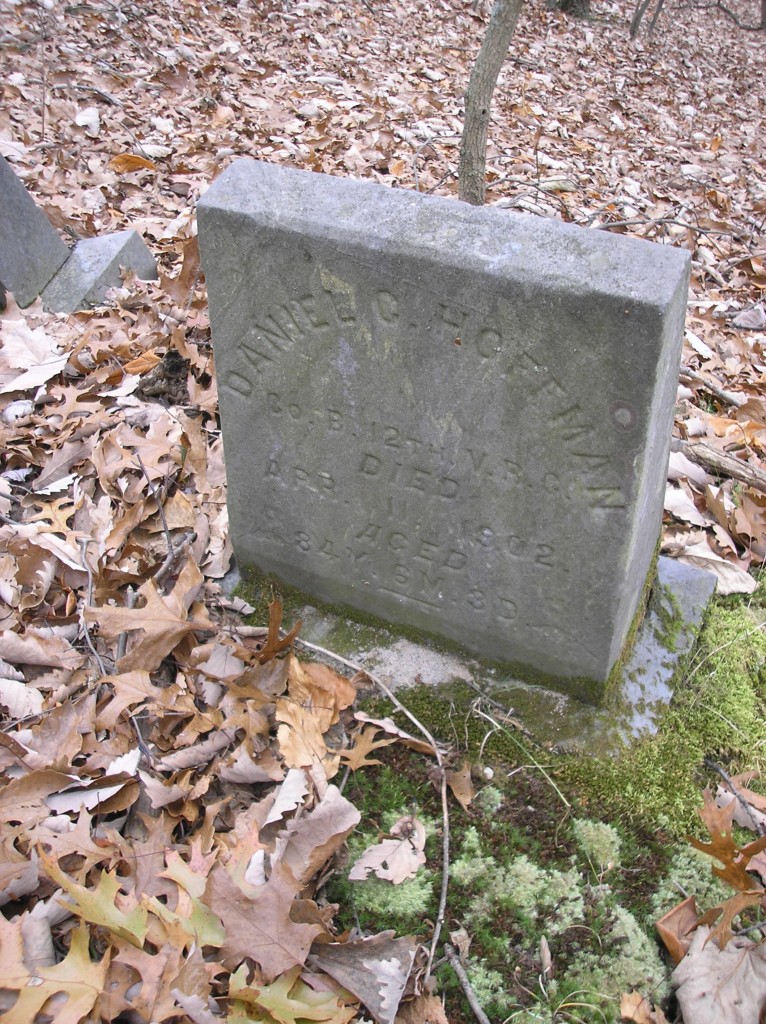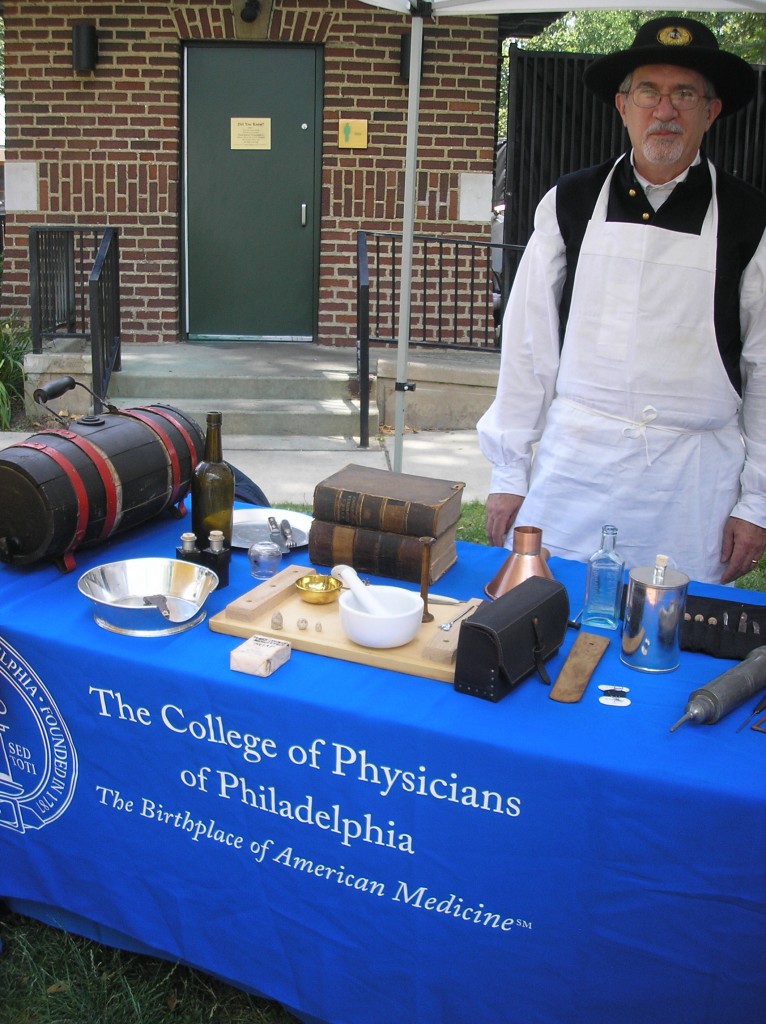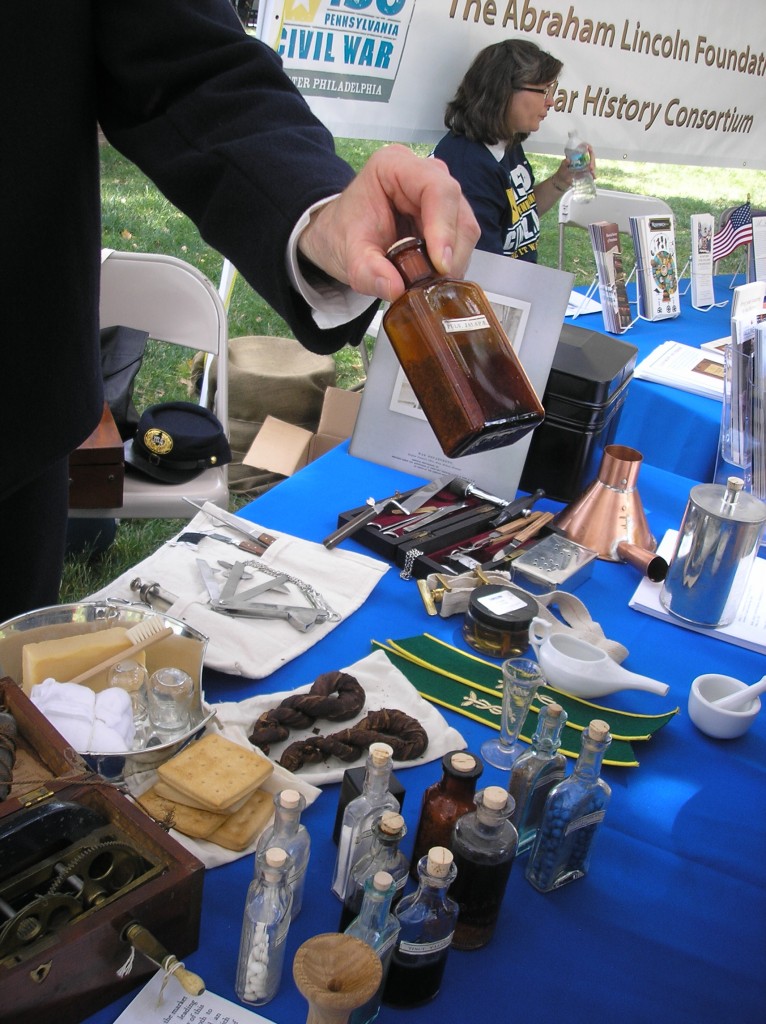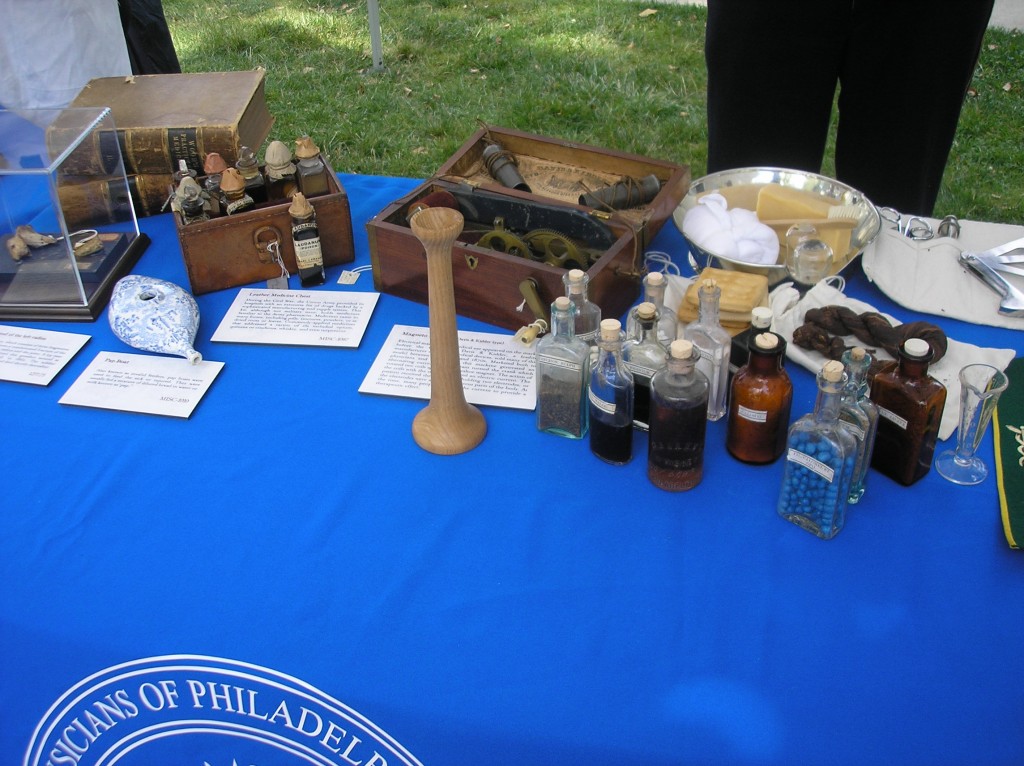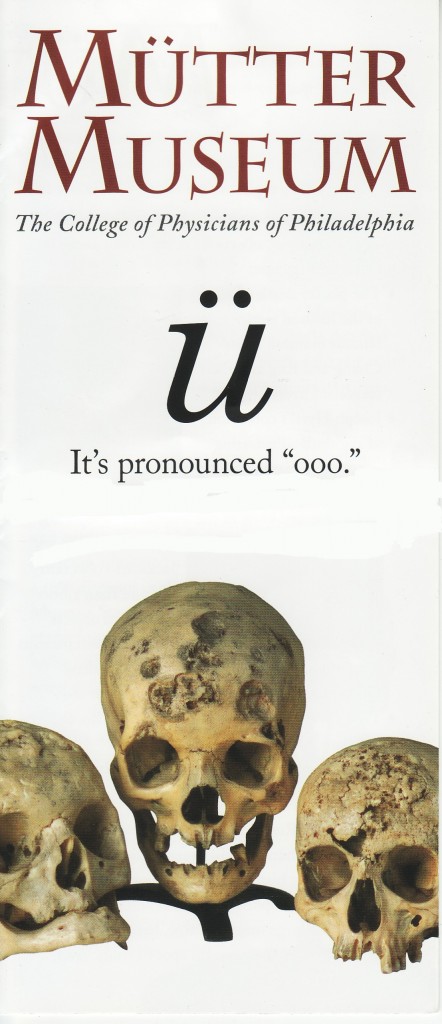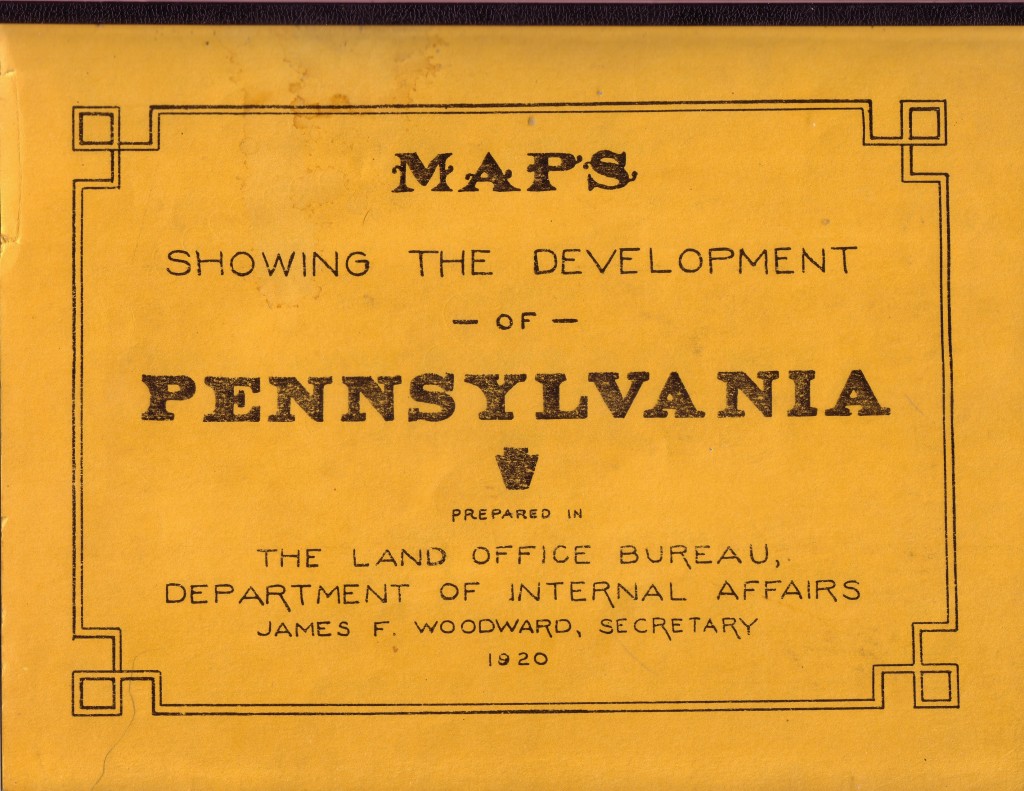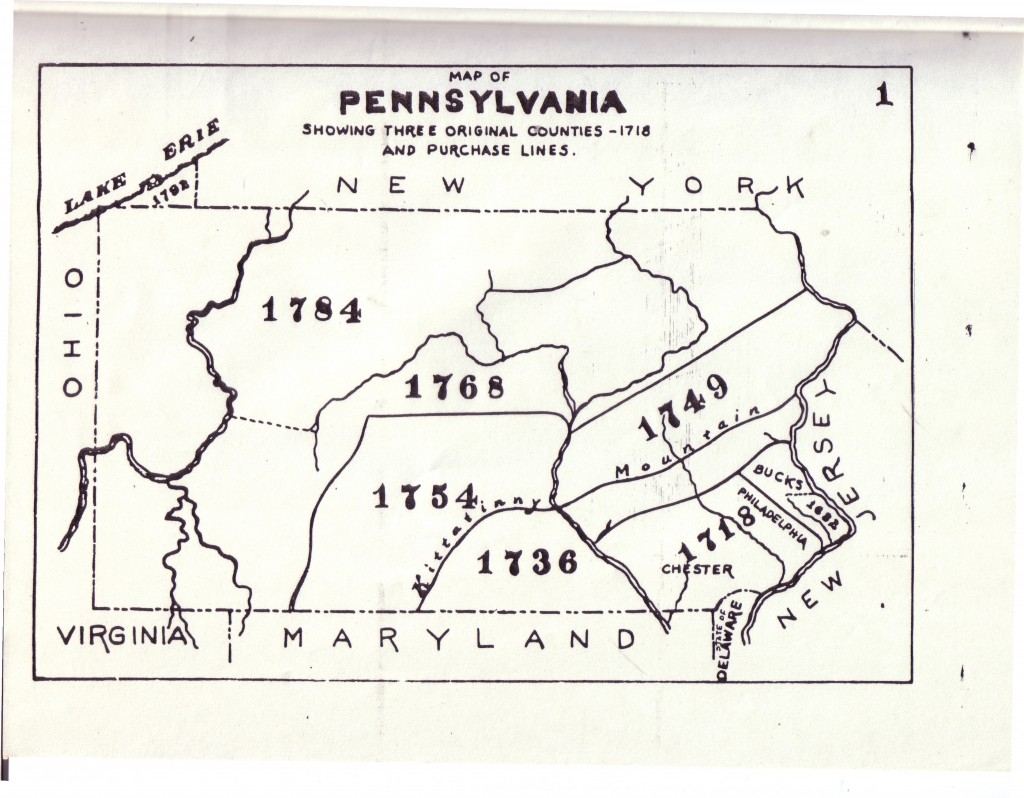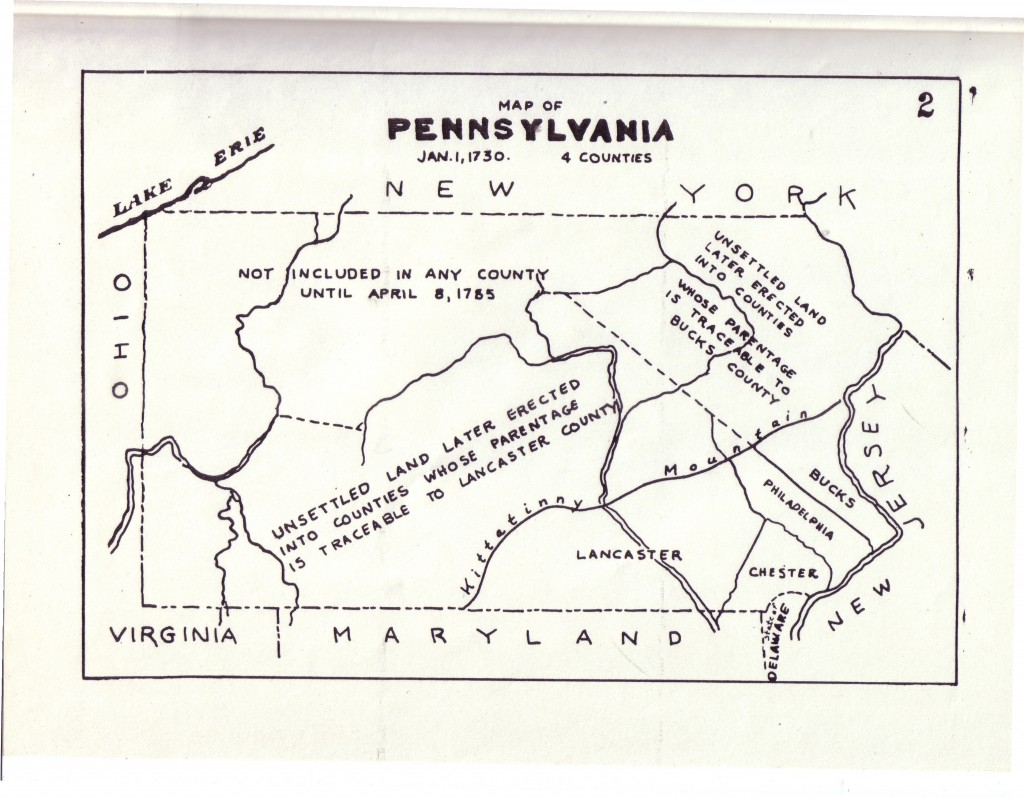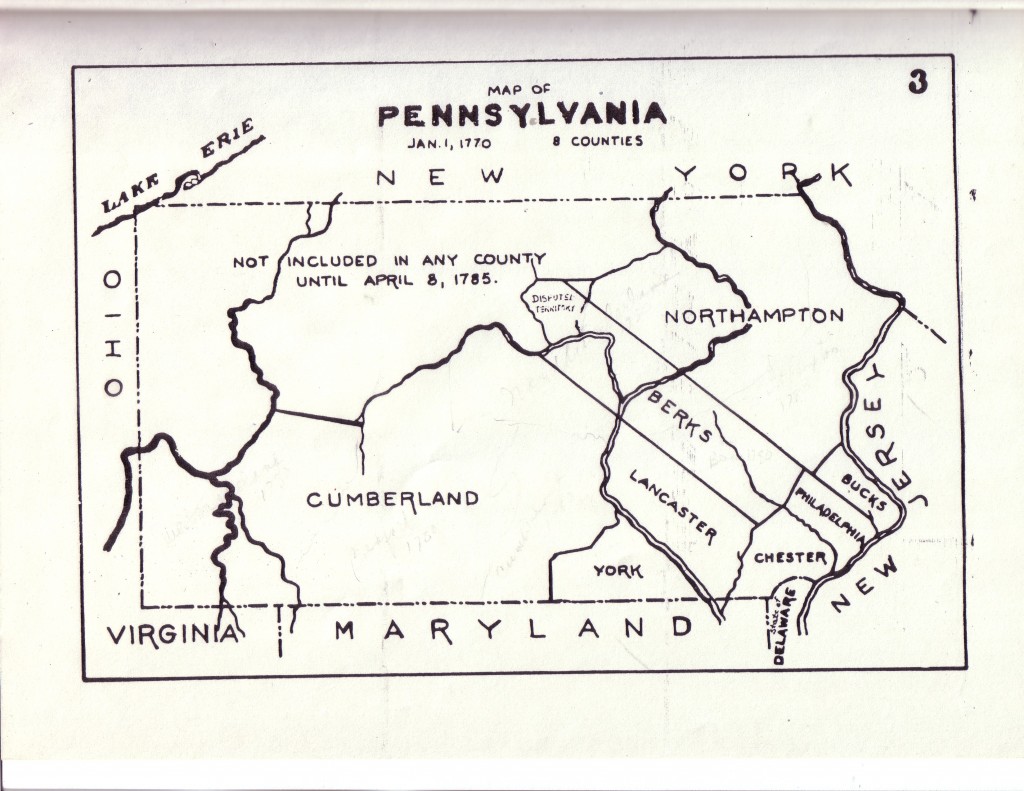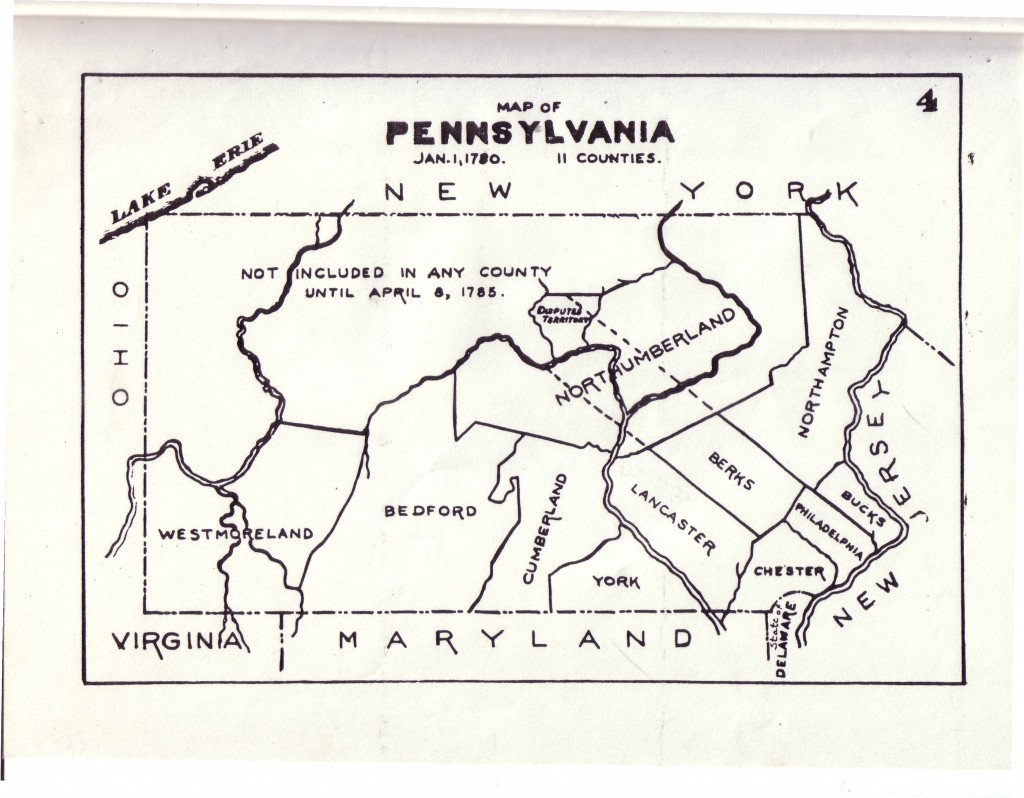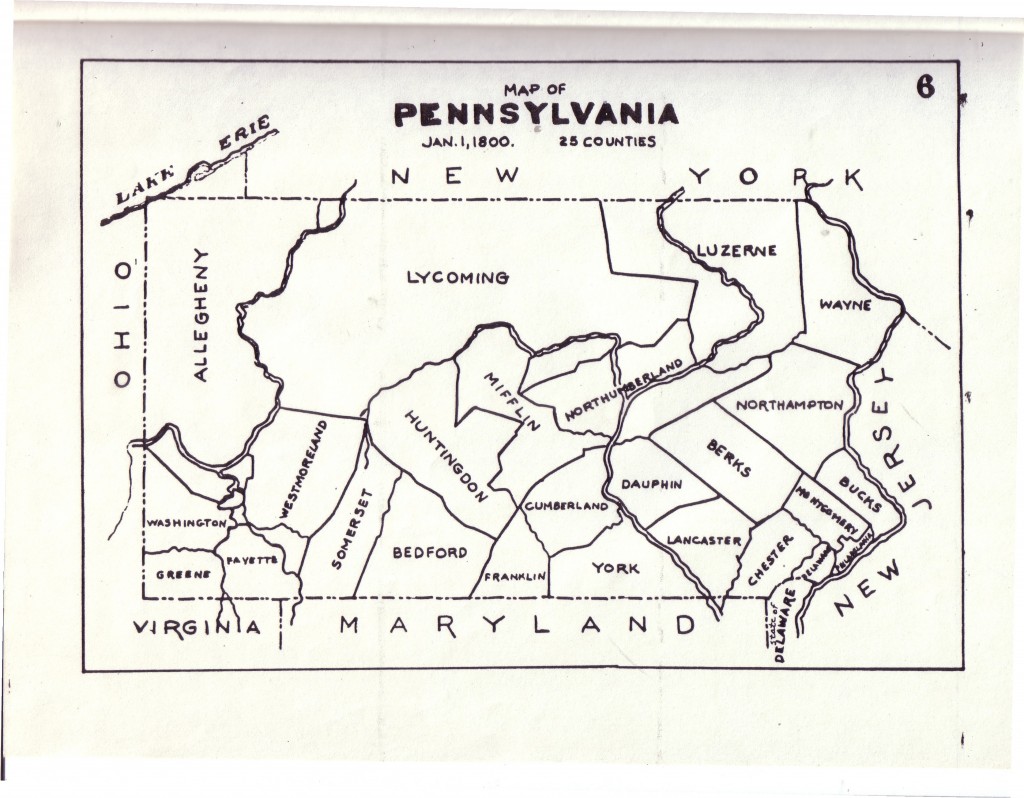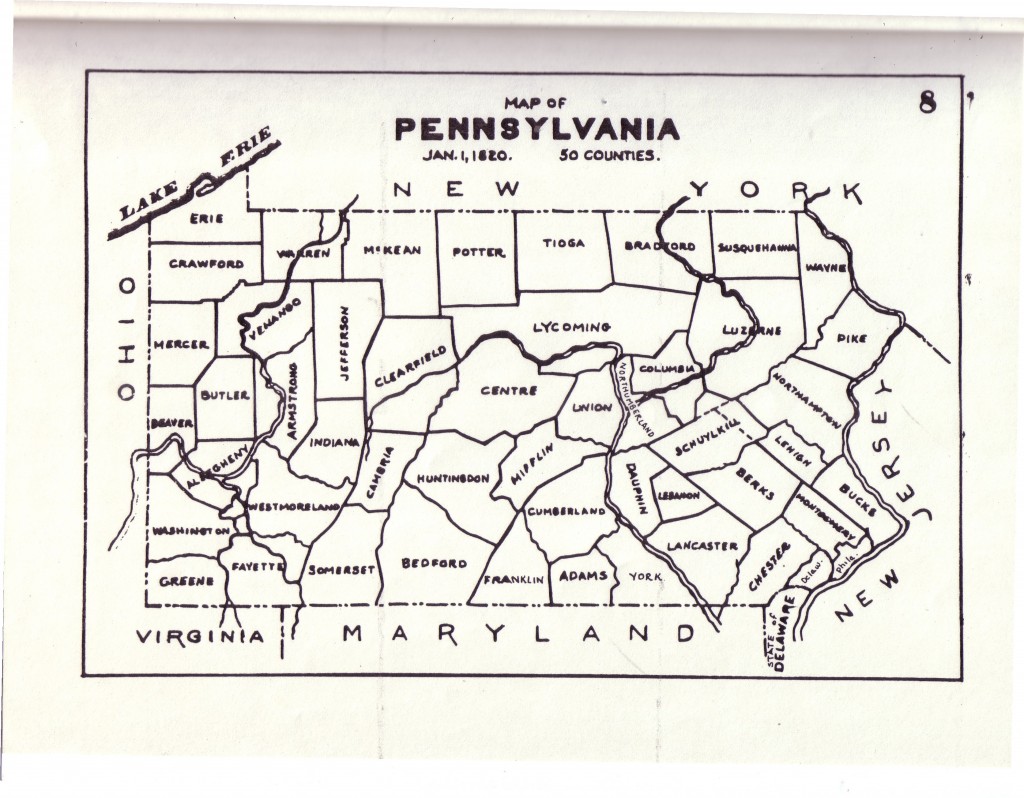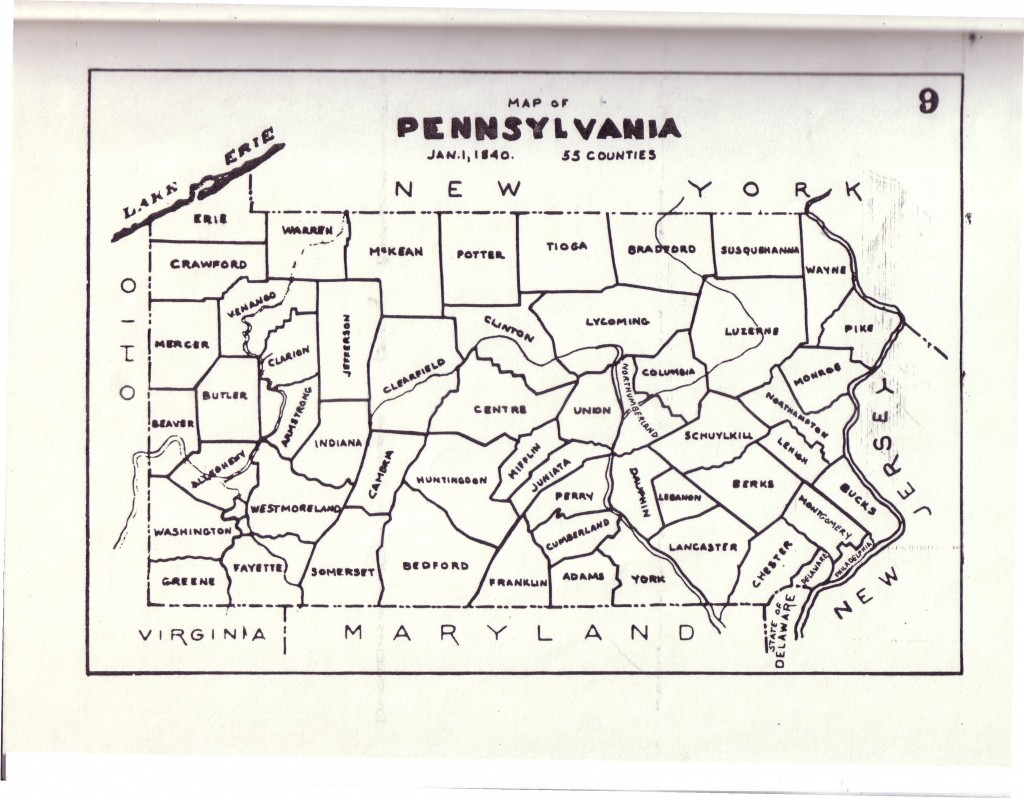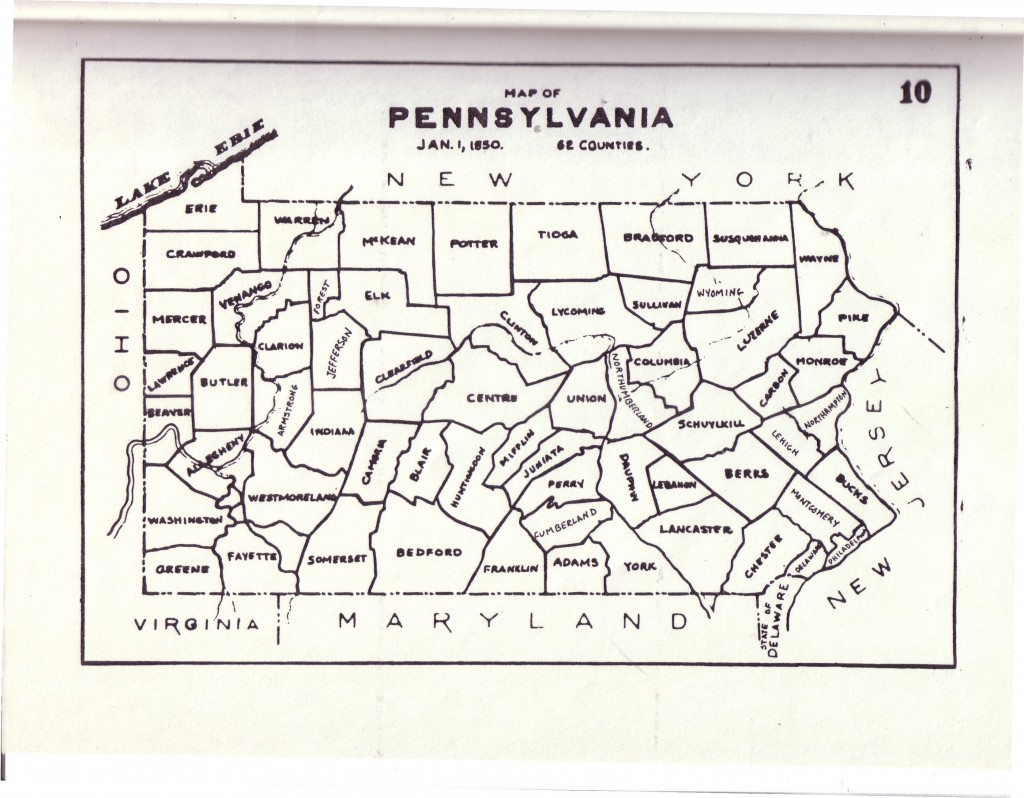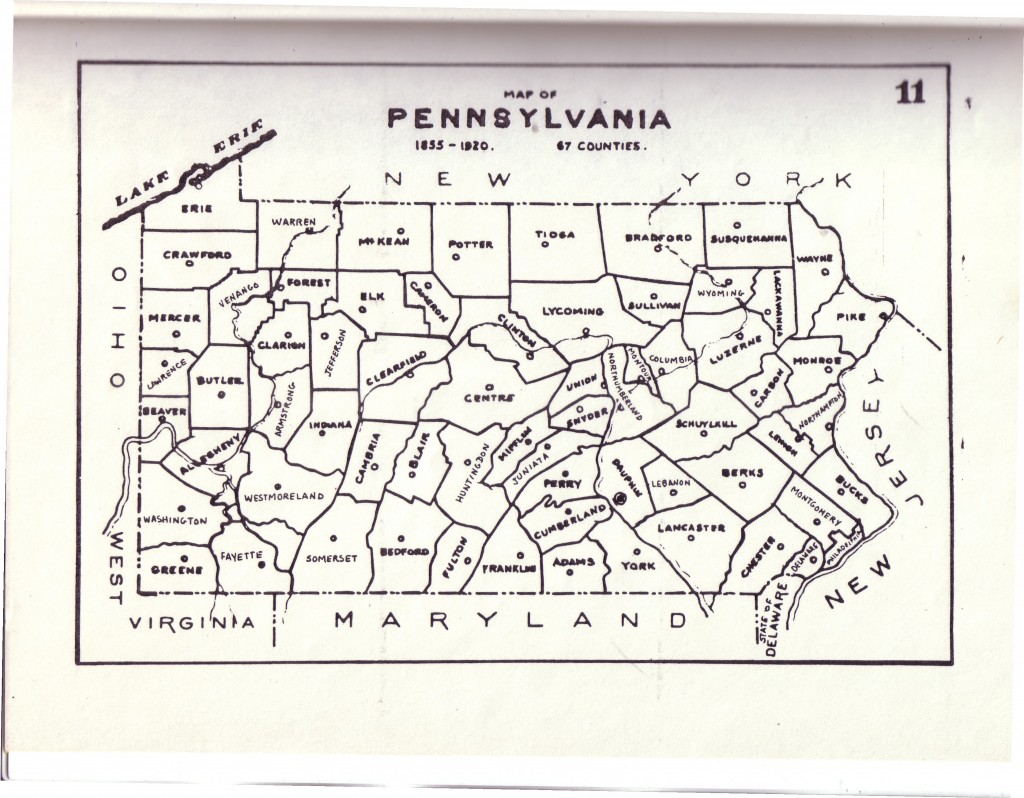Elizabethville Railroad Station
Posted By Norman Gasbarro on October 29, 2011
The railroad station at Elizabethville, Dauphin County, Pennsylvania, which was built about 1872, still stands today and is one of the oldest stations still in existence in central Pennsylvania. The tracks, which once ran through this borough, were torn up in the 1970s, and a street and parking lot exists where once there was a roadbed. Some early pictures are available of the 1872 station but are mostly from the turn of the twentieth century. Unfortunately, no pictures have yet been found of the first office, a log building which opened on the north side of the tracks in 1845 and served the community until the first actual station was built in 1858 at 37 South Market Street, also on the north side of the tracks. The 1872 station was built on the south side of the tracks.
A prior post on Oak Dale Station described the development of the Lykens Valley Railroad which ran from Lykens Borough to Millersburg and connected with the Northern Central Railroad line. During the Civil War, the line ended in the east at Lykens and did not connect with the Philadelphia and Reading system. In 1866, the connecting piece, from Lykens to the Williamstown Colliery, was finished as was a section from Pottsville to Williamstown and the Summit Branch Railroad, which owned the Lykens-Williamstown piece, took charge of the operation of the full line connecting with the Northern Central at Millersburg, which it operated until 1880. Thus, during the Civil War, travel of people and goods from the Lykens Valley area to east coast cities such as Philadelphia, had to go west from Elizabethville, then either south to Harrisburg or north to Sunbury where connections could be made to travel east.
Elizabethville, because of its economic base, played a major role in the decision to have the lines connect. During the Civil War, many businesses were located along the tracks – businesses which required access to shipping.
The 1862 map of Elizabethville (shown above) shows the rail line going in a west-east direction and includes the name of “P. Matter” who was named as the “Superintendent of 2nd Division of the Lykens Valley Railroad.” The building noted alongside his name on the map is probably the office, and not the first station, which although built in 1858, does not clearly appear on the 1862 map. Note also that on this map, the rail line ends just west of Market Street, which was not correct.
On another version of the 1862 map (shown above), the station does appear, but as a building on the south side of the tracks.
The map of Washington Township from 1875 (shown above) refers to Elizabethville’s center as Washington Square. The rail location is clearly shown, but no stations are noted.
On the detailed 1875 map of Washington Township (above), residences and some businesses are noted and while a building is shown in the present location of the 1872 railroad station, it is unidentified on the map.
The value of the Lykens Valley Railroad to the development of Elizabethville was mentioned in the commemorative book, Elizabethville Sesquicentennial, 1817-1867:
With the laying of the all-steel “T” rail and the acquisition of steam locomotives [after the 1840s], passenger service was inaugurated and the railroad started to carry freight and express. The company then became agent for the American Railway Express Company and the Western Union Telegraph Company. These services rendered by the railroad made Elizabethville an excellent shipping point and a convenient travel and business center for residents in Lykens and Powls [Powell’s] Valley. Salesmen came to town by train, stayed at the Washington Hotel or the Old Red Tavern (later the Snyder Hotel), hired a horse and buggy… and then solicited business throughout the valleys with Elizabethville as headquarters.
During the Civil War, men from the surrounding communities boarded the regularly scheduled trains at Elizabethville, and traveled west and then south to Harrisburg to be mustered into the army. Upon discharge, the fortunate ones were able to return to their homes by the same route.
Passenger service was discontinued on the Lykens Valley/Summit Branch Line in the 1930s but for many years after, the railroad station served the freight needs of the community. More recently, since the tracks were removed, it has been owned or leased by businesses. Today, the old track bed is a parking lot for an adjacent business and the building is need of repair and restoration.
Current views of the 1872 railroad station are shown below.
Maps are from the web site of the Pennsylvania Historical and Museum Commission. Some of the information for this post was taken from the commemorative book, Elizabethville Sesquicentennial, 1817-1867. The picture of the Elizabethville station, shown at the top of this post, is cropped from a picture post card in Civil War Research Project files.
Information is currently being sought on the history of the railroad in Elizabethville, most specifically on the operations during the Civil War. Readers are invited to contribute.
 ;
;
